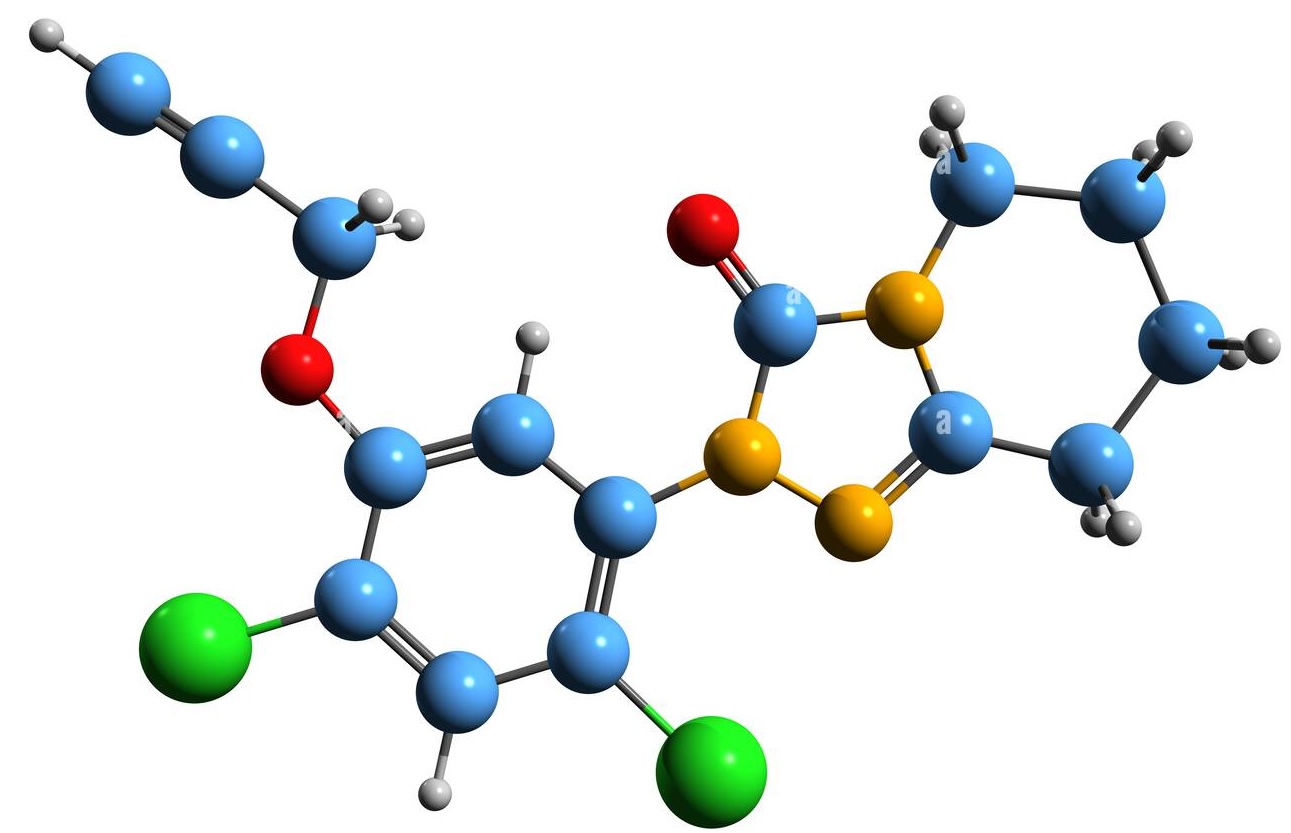What is Cerakote?
The Science Behind It
Cerakote is a ceramic-polymer composite coating known for its durability and chemical resistance. Its chemistry combines a polymer resin, typically epoxy or polyurethane, with ceramic particles that enhance hardness and thermal stability. The polymer provides flexibility and strong adhesion, allowing the coating to bond tightly to metal, plastic, and composite surfaces.
During application, Cerakote undergoes a curing process where polymer chains cross-link, forming a tough, uniform matrix. The ceramic particles within this matrix offer resistance to high temperatures (up to 1200°F in some versions), abrasion, and chemical corrosion.
Cerakote’s molecular structure also reduces friction between moving parts, improving mechanical performance. Its ability to provide superior protection in a thin, lightweight coating makes it ideal for industries requiring both high durability and precision, such as firearms, automotive, and aerospace. This combination of protection and versatility makes Cerakote a top choice for high-performance applications.


How it's Used
Cerakote is widely used across various industries due to its durability, chemical resistance, and heat tolerance. In the firearms industry, it is a popular choice for coating guns, offering protection against corrosion, wear, and abrasion while also providing a sleek, customizable finish. Automotive and motorcycle enthusiasts use Cerakote on exhaust systems, engine parts, and even wheels because of its ability to withstand extreme temperatures and harsh environments.
Additionally, Cerakote is increasingly found in outdoor gear, knives, and tools, offering weatherproofing and enhancing performance in rugged conditions. Its versatility, combined with a wide range of color options, makes it ideal for both functional and aesthetic applications across industries.

